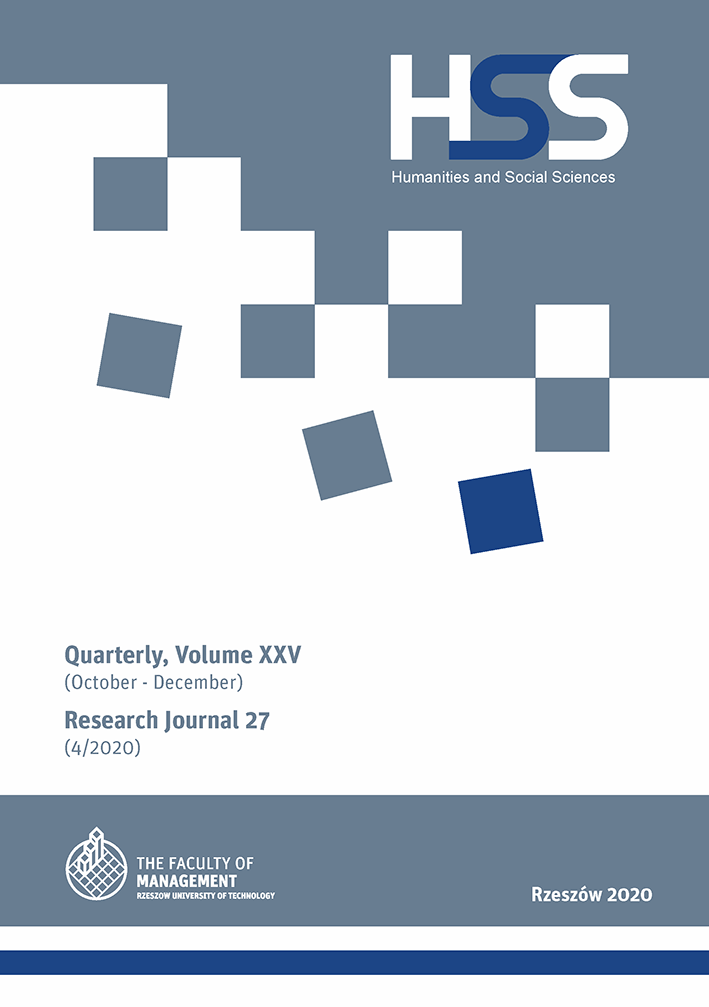Abstract
One of the most difficult problems faced by drivers at night is road visibility and difficulty in seeing obstacles in a timely manner. Many night-time accidents occur on roads with no artificial lighting, especially outside built-up areas. In 2014, in order to improve road safety, a provision for the obligatory use of reflective elements by pedestrians outside built-up areas at night was introduced. However, the exact parameters of these reflective elements (in particular the color, size and location) were not specified, which may have an impact on pedestrian safety. This article compares a car driver’s range of visibility when pedestrians are equipped with different colors of a reflective element, examining the influence of different colors on safety. The analysis shows that, despite the similar technical properties of the same reflective elements, their color contributed to the improvement of visibility, and thus road safety. An experiment conducted in real road conditions testing yellow and orange reflective elements proved that the yellow reflective element significantly improved the range of the driver’s perception.
References
Buda, A., Jarynowski, A. (2010). Life-time of correlations and its applications, vol. 1, Wydawnictwo Niezależne, December 2010.
Fors, C., Lundkvist, S.O. (2009). Night-time traffic in urban areas: raport VTI no. 650A.
Podgórska, A., Rajchel, J. (2019). Wypadki drogowe w świetle badań. Prawo o ruchu drogowym. Warsaw: Wydawnictwo Instytutu Technicznego Wojsk Lotniczych.
Prochowski, L., Unarski, J., Wach W., Wicher J. (2008). Podstawy rekonstrukcji wypadków drogowych. Warsaw: Wydawnictwo Komunikacji i Łączności.
Reza, A., Wójcicki, B. (1991, 1994). Badania widoczności świateł odblaskowych. Zbiór referatów sympozjum: Problemy rekonstrukcji wypadków drogowych, Cracow.
Shapiro, S.S., Wilk, M.B. (1965). An Analysis of Variance Test for Normality. “Biometrika”, Vol. 52, No. 3/4. (Dec., 1965).
The Act of July 26, 2013 amending the Act – Road Traffic Law (Journal of Laws of 2013, item 991).
The Act of June 20, 1997, Road Traffic Law (consolidated text, Journal of Laws of 2020, item 110).
Unarski, J., Zębala, J. (2006). Zbiór podstawowych wzorów i równań stosowanych w analizie wypadków drogowych. Cracow: Wydawnictwo Instytutu Ekspertyz Sądowych.
Wolska, A. (1999). Bezpieczeństwo pracy – nauka i praktyka. Centralny Instytut Ochrony Pracy 1/1999.
Wypadki drogowe. Vademecum biegłego sądowego. Edition 2. Cracow: Wydawnictwo Instytutu Ekspertyz Sądowych, 2006.
Zbiór referatów: Problemy rekonstrukcji wypadków drogowych. Szczyrk: Instytut Ekspertyz Sądowych, 2006.
Zielinkiewicz, A. (2013). Wpływ nocnych ograniczeń widoczności na bezpieczeństwo i wybrane parametry ruchu drogowego. Cracow: Politechnika Krakowska.
Zieliński, R. (1972). Tablice statystyczne. Warsaw: PWN.
Żagan, W., Mazur, J.W. (1997). Samochodowa technika świetlna. Warsaw: Oficyna Wydawnicza Politechniki Warszawskiej.
Żagan, W. (2014). Podstawy techniki świetlnej. Warsaw: Oficyna Wydawnicza Politechniki Warszawskiej, edition 2 rev.


